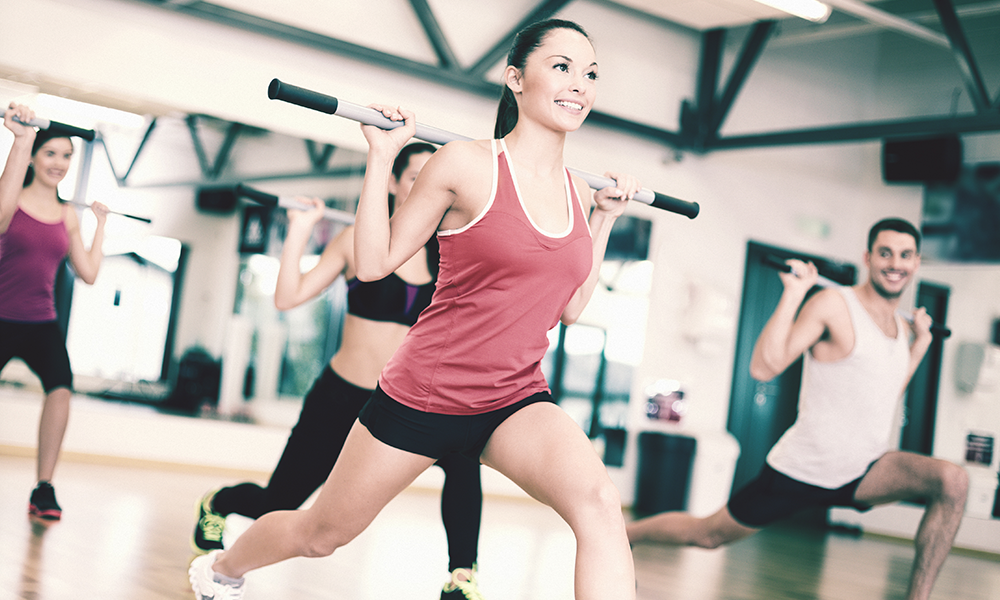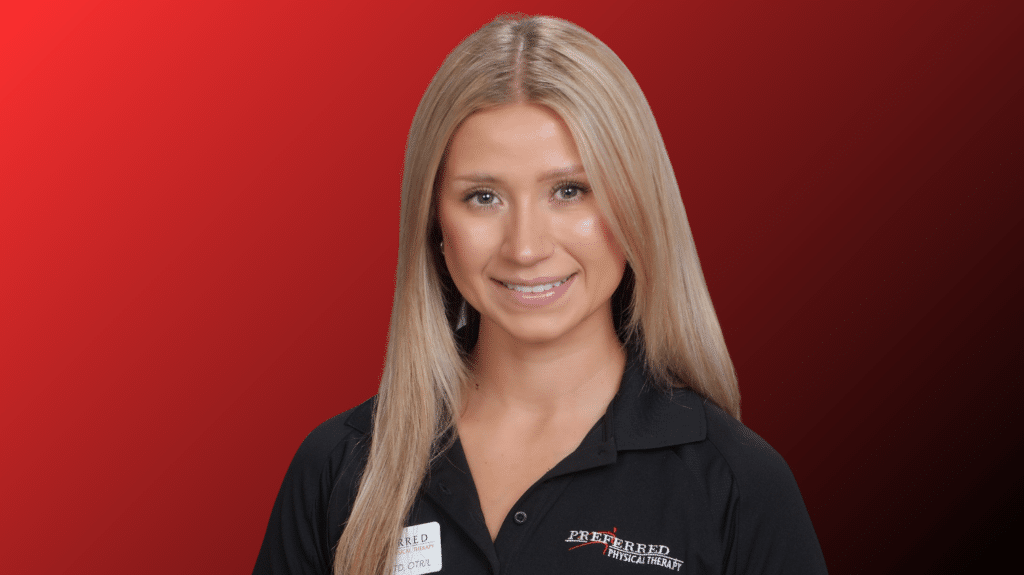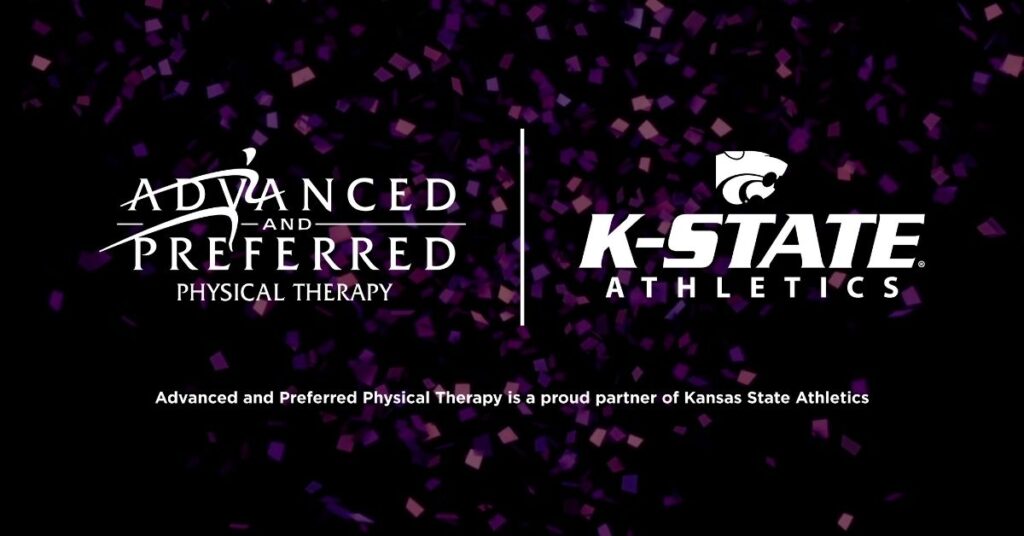Proper Body Mechanics and their role in injury prevention:
Body Mechanics refers to the acts taken in order to sit, stand, roll over, lift, and carry objects. Lifting, squatting and carrying can be major issues for people with back and knee problems or create back and knee problems in people due to repetitive improper body mechanics. These are activities that can affect all ages and populations, with improper body mechanics injury to joints can compound.
While some people may feel that improper form has never bothered them before, take a moment to reflect that many people with injuries got into that position from repetitive lifting or one large load lift that ultimately sent them tumbling down the spiral of chronic/ recurrent back pain.
Our bodies work very hard to stand up against the forces we put on it daily, therefore while you may have done something a certain way for the last 20 years it hasn’t taken its effect. It may even seem quite suddenly only one lift of a toddler with your back rounded and lack of force through the legs to start issues.
A few tips:
Whenever lifting contract abdominals, be sure not to hold your breath.
It is important to hinge at the hips to ensure proper alignment throughout the body.
Imagine you have a wooden pole along your back, as you lean forward, your hips and glutes will move posteriorly to keep your back straight. Without “sitting” back into a squat your knees will be forced forward over the toes putting the load you are lifting onto your knees.
Items lifted should be grasped and held close to belly button level, with care to lift items with legs rather than using your back.
Summary of Form:
Squat:
Starting Position: Begin standing with your feet at shoulder width apart.
Movement: Engage your core, keep your shoulder blades down and back, and maintain a neutral spine throughout the exercise. (Neutral does not mean vertical, you can lean forward from your hips). Sit your bottom back keeping most of your weight in your heels as you bend at your knees and hips with control. Do not let your knees move beyond your toes by trying to keep your lower legs as vertical as possible. Do not allow your knees to move inward. The chest should be facing forward to avoid rounding your spine.
Picking up a light load from the ground with hip hinge:
Starting position: Stand in front of a small object on the floor.
Movement: Start by bending forward at the hips and reach for the object with your right hand. As you bend forward slowly raise your left leg behind you. Keep your back straight and your abdominals tight. Pick up an object and slowly return to starting position.
Proper load handling/ Lifting:
Starting position: Stand in front of a box with feet shoulder-width apart. Movement: Begin exercise by tightening your abdominals and squatting down slowly. Make sure to bend at your hips and knees while keeping your hips back and back straight. Once you are low enough to pick up the box, grab the side of the box and begin to stand back up. As you stand back up continue to keep your abdominals tight. Keep the box close to your body, back straight, chest out, head up and push through your heels. Keep the box close to your body when putting the box down.
Half kneeling:
Starting Position: Begin standing with your feet shoulder in a long stride. Keep your trunk vertical (shoulders over hips).
Movement: Bend both knees, making sure the knee of your front leg does not move beyond your toes. Try to keep that lower leg vertical. Bend your back knee until it touches the floor lightly. Drive upward until both of your knees are straight. Keep your core engaged throughout the exercise.
Sources:
“Proper Body Mechanics.” Strivehub, n.d. Web. 22 Apr. 2018. <https://prescribe.strivehub.com/app/1648>.
Content provided by Lauren Huffman




